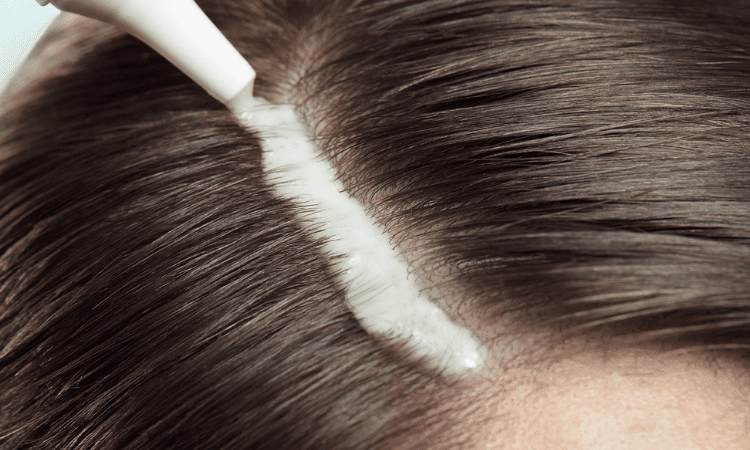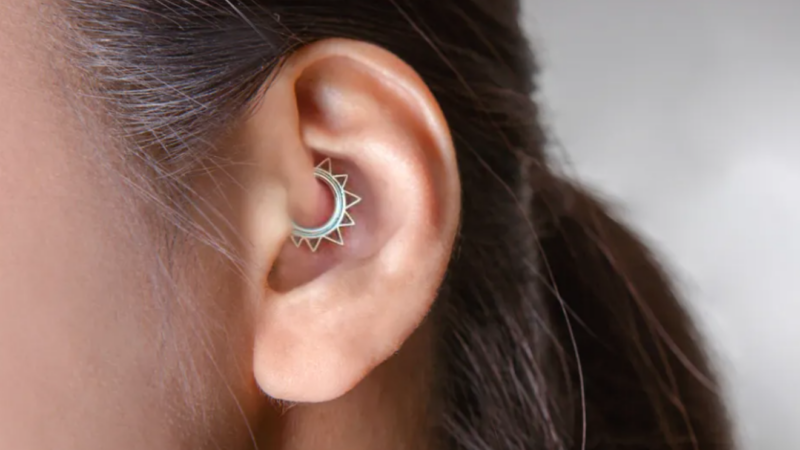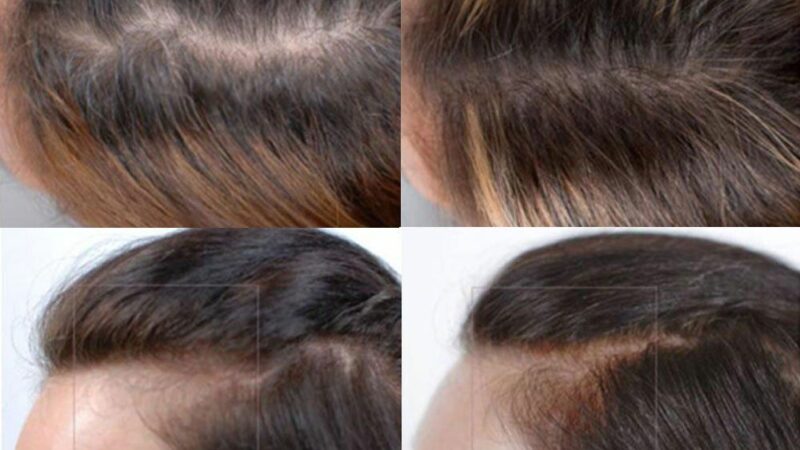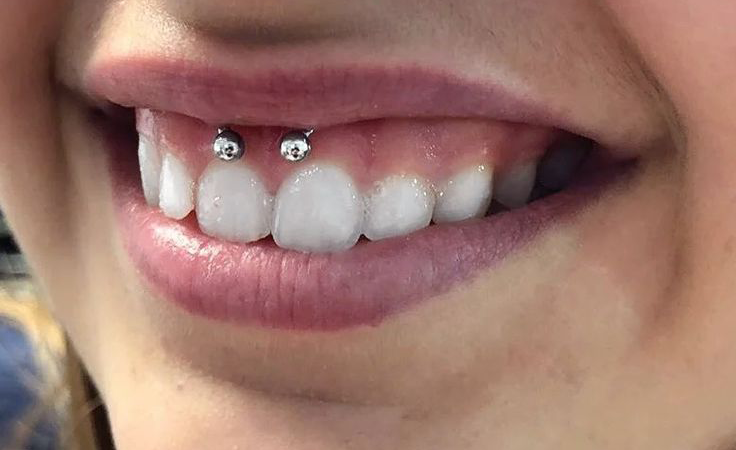PDO Threads Lift: A Non-Surgical Facelift Solution
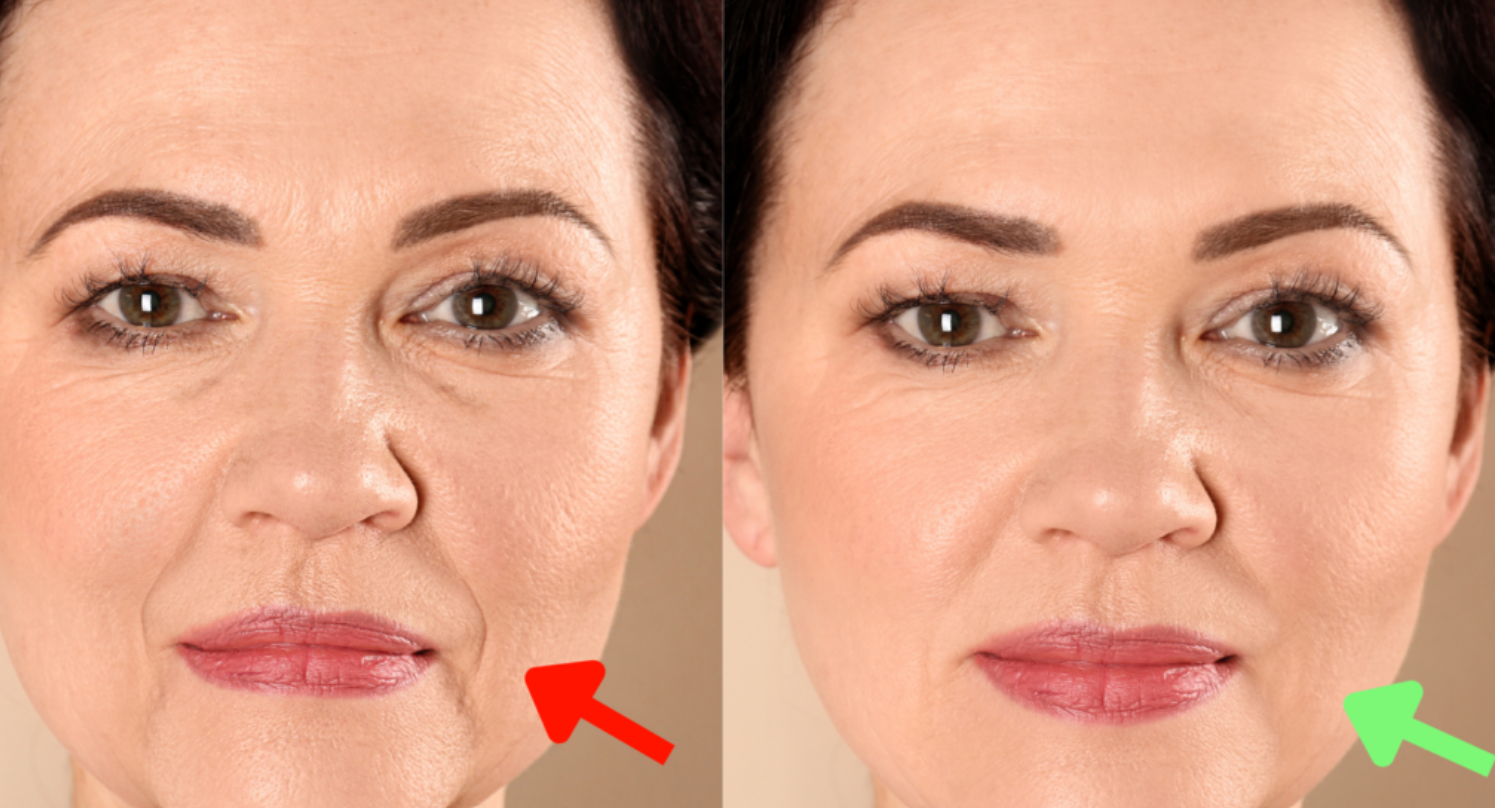
PDO Threads – As the years go by, many individuals start to notice the signs of aging on their faces. Fine lines, wrinkles, sagging skin, and loss of volume can contribute to a less youthful appearance. While some may consider surgical facelifts as a solution, others are hesitant due to the invasiveness and downtime associated with these procedures.
Fortunately, there’s a minimally invasive alternative known as PDO Threads Lift that has gained popularity in recent years. In this blog, we will explore what PDO Threads Lift is, how it works, its benefits, and what to expect during and after the procedure.
Understanding PDO Threads Lift
PDO (Polydioxanone) Threads Lift is a non-surgical cosmetic procedure designed to lift and tighten sagging skin, stimulate collagen production, and rejuvenate the face.
PDO threads are synthetic absorbable sutures that have been used in medical procedures for years and are now harnessed for aesthetic purposes.
The threads are inserted into the skin using a thin needle, creating a subtle lift by gently pulling the skin tissue upwards.
How PDO Threads Lift Works?
- Consultation: The journey begins with a consultation with a qualified and experienced medical professional. During this consultation, you can discuss your concerns and expectations, and the practitioner will evaluate your suitability for the procedure.
- Preparing the Skin: Before the procedure, the treatment area is cleansed, and a local anaesthetic may be applied to minimize discomfort.
- Thread Insertion: PDO threads are inserted into the skin through small incisions or entry points using a fine needle. Depending on the treatment plan, threads may be placed vertically, horizontally, or in a mesh-like pattern.
- Lifting and Tightening: As the threads are inserted, they provide immediate support and lift to the skin. Over time, the threads stimulate collagen production, which further enhances the skin’s elasticity and firmness.
- Recovery: PDO Threads Lift is a minimally invasive procedure, and recovery time is relatively short. Some swelling, bruising, and discomfort are normal after the treatment, but these typically subside within a few days to a week.
Benefits of PDO Threads Lift
- Non-Surgical: One of the primary advantages of PDO Threads Lift is that it offers the benefits of a facelift without surgery. This means less risk, shorter downtime, and no visible scarring.
- Natural-Looking Results: PDO threads create a subtle and natural lift, making you look rejuvenated without an overdone or pulled appearance.
- Collagen Stimulation: Over time, the threads encourage the body to produce more collagen, which enhances skin elasticity and improves texture.
- Versatility: PDO Threads Lift can address various facial concerns, including sagging cheeks, jowls, nasolabial folds, and neck laxity.
- Long-Lasting: While results may vary from person to person, the effects of PDO Threads Lift can last anywhere from 12 to 24 months.
What to Expect After the Procedure?
After undergoing a PDO Threads Lift, following your practitioner’s post-procedure care instructions is essential. This typically includes avoiding strenuous activities and certain skincare products for a short period.
You may experience some mild swelling and bruising, but these side effects are temporary and can be managed with cold compresses and over-the-counter pain relievers.
Attending any follow-up appointments recommended by your practitioner to monitor your progress and ensure the best possible outcome is crucial.
What makes PDO threads different?
PDO (Polydioxanone) threads are unique in the realm of non-surgical facelift procedures due to several distinguishing features:
- Biocompatible Material: PDO threads are made from a biocompatible and absorbable material called polydioxanone, which has a long history of safe use in medical sutures. This material gradually dissolves in the body over time without causing harm or adverse reactions.
- Non-Surgical Nature: PDO Threads Lift is a minimally invasive procedure that does not require traditional surgery. This means no large incisions, general anaesthesia, or extended recovery periods. Patients can achieve rejuvenating results without the risks and downtime associated with surgical facelifts.
- Collagen Stimulation: PDO threads do more than just provide an immediate lift. They also stimulate the body’s natural collagen production. Collagen is a protein that helps maintain skin elasticity and firmness, and its production declines with age. By promoting collagen synthesis, PDO threads contribute to long-term skin improvement even after the threads have dissolved.
- Versatility: PDO threads are versatile and can address various facial concerns. Practitioners can customize treatment plans to target specific areas, such as sagging cheeks, jowls, nasolabial folds, marionette lines, and neck laxity. This adaptability makes PDO threads suitable for many patients with different needs.
- Gradual Results: While PDO threads provide some immediate lift, the full results become increasingly noticeable as collagen production is stimulated over time. This gradual enhancement ensures natural-looking and long-lasting improvements.
- Minimal Downtime: Compared to surgical facelifts, which can require several weeks of recovery, the downtime associated with PDO Threads Lift is relatively minimal. Patients typically experience temporary swelling, bruising, and discomfort, which subside within a few days to a week.
- Safety Profile: PDO threads have a strong safety profile when administered by experienced and trained professionals. Complications are rare, and the risk of scarring or infection is significantly lower than with surgical procedures.
- Customizable Treatment: PDO Threads Lift offers a high degree of customization. The number and placement of threads can be adjusted to meet each patient’s unique needs and aesthetic goals. This personalized approach ensures the treatment is tailored to achieve the desired results.
- Longevity: While individual results can vary, the effects of PDO Threads Lift can last anywhere from 12 to 24 months. This duration is relatively long-lasting for a non-surgical procedure, offering patients an extended period of rejuvenation before requiring touch-up treatments.
How long does a PDO thread lift last?
The longevity of PDO (Polydioxanone) thread lift results can vary from person to person due to individual skin quality, lifestyle, and the number of threads used during the procedure. However, on average, the effects of a PDO thread lift typically last anywhere from 12 to 24 months.
Here’s a breakdown of what you can generally expect in terms of how long the results may last:
- Initial Results (Immediate): After a PDO thread lift, you’ll notice some immediate lifting and tightening of the treated areas. These initial results are due to the physical support provided by the threads.
- Collagen Stimulation (Longer-Term): The PDO threads gradually dissolve over the months following the procedure, but their impact persists. This is because PDO threads stimulate collagen production in the treated areas. Collagen is a protein that is crucial in maintaining skin elasticity and firmness. As collagen production increases, it further enhances the skin’s texture and tone, contributing to the longevity of the results.
- Maintenance and Touch-Up Treatments: Patients often opt for periodic touch-up treatments to maintain the results and extend their duration. These touch-ups can be performed as needed, typically every 12 to 24 months, depending on individual preferences and the recommendations of the treating practitioner.
PDO thread lift recovery and aftercare
Recovery and aftercare following a PDO (Polydioxanone) thread lift are crucial for ensuring a smooth healing process and optimal results.
While PDO thread lifts are minimally invasive and involve less downtime than surgical procedures, following these guidelines is essential to minimize discomfort and reduce the risk of complications.
Here’s a comprehensive overview of PDO thread lift recovery and aftercare:
- Immediate Post-Procedure Care:
- Rest: Plan to rest for the remainder of the day after the procedure. Avoid strenuous activities, heavy lifting, and vigorous exercise for at least 48 hours.
- Cold Compress: Applying cold compresses intermittently for the first 24 to 48 hours can help reduce swelling and minimize discomfort.
- Pain Management: Over-the-counter pain relievers (e.g., ibuprofen) can be used as directed to manage any post-procedure discomfort or pain. Follow your healthcare provider’s recommendations.
- Avoid Touching or Massaging: Do not touch or massage the treated areas unless instructed to do so by your practitioner.
- Swelling and Bruising:
- Swelling and bruising are common side effects following a PDO thread lift. These effects are usually temporary and should subside within a few days to a week.
- If swelling and bruising persist or worsen, consult your healthcare provider.
- Skincare Routine:
- Follow your practitioner’s advice regarding skincare products. Avoid applying makeup or skincare products to the treated areas for a few days after the procedure.
- Use gentle, non-irritating skincare products and sunscreen to protect your skin from UV damage during the healing process.
- Sleeping Position:
- Try to sleep on your back with your head elevated for the first few nights following the procedure to minimize pressure on the treated areas.
- Diet and Hydration:
- Maintain a well-balanced diet and stay hydrated to support the healing process and overall skin health.
- Avoiding Certain Activities:
- Avoid activities that involve significant facial expressions or muscle contractions (e.g., chewing gum or making exaggerated facial movements) during the initial recovery period.
- Follow-Up Appointments:
- Attend any scheduled follow-up appointments with your healthcare provider. They will assess your progress, address any concerns, and recommend additional treatments or touch-ups if necessary.
- Limit Sun Exposure:
- Protect your skin from excessive sun exposure. Wear sunscreen with SPF and a wide-brimmed hat when going outdoors.
- Patient-Specific Instructions:
- Follow any specific post-procedure instructions provided by your healthcare provider, as these may vary based on individual circumstances.
Remember that recovery experiences can vary from person to person.
PDO thread lift price
The cost of a PDO (Polydioxanone) thread lift can vary widely depending on several factors, including the clinic’s geographic location, the practitioner’s experience and expertise, the number of threads used, the areas treated, and the specific type of PDO threads used.
It’s essential to remember that prices can fluctuate based on these variables, and you should consult a reputable healthcare provider for an accurate quote. However, as of my last knowledge update in September 2021, I can provide you with a general pricing range to give you an idea of what to expect.
Typically, a PDO thread lift can cost anywhere from $1,500 to $4,500 per treatment session. Remember that some clinics may offer package deals or discounts for multiple sessions or for treating multiple areas.
Factors that can influence the cost of a PDO thread lift:
- Geographic Location: The cost of cosmetic procedures often varies by region. Major cities and metropolitan areas may have higher prices than smaller towns or rural areas.
- Practitioner’s Experience: Experienced and highly skilled practitioners may charge more for their services, but their expertise can contribute to better results and a safer procedure.
- Number of Threads: The more threads used during the procedure, the higher the cost. The number of threads required depends on the extent of the treatment area and the desired results.
- Type of PDO Threads: There are various types of PDO threads available, with different characteristics and price points. Some threads may be more advanced or specialized, which can affect the overall cost.
- Additional Services: Combining the PDO thread lift with other treatments, such as dermal fillers or Botox, can also impact the total cost.
- Clinic Reputation: Well-established clinics with a reputation for quality and safety may charge higher prices.
It’s crucial to schedule a consultation with a qualified and experienced healthcare provider to discuss your specific goals, receive a personalized treatment plan, and obtain an accurate cost estimate.
Conclusion
PDO Threads Lift is a revolutionary non-surgical solution for individuals seeking a more youthful appearance without the downtime and risks associated with traditional facelift surgery.
By stimulating collagen production and providing a subtle but effective lift, PDO threads can help you regain your confidence and achieve a natural-looking rejuvenation.
If you’re considering this procedure, consult a qualified and experienced practitioner to discuss your options and create a personalized treatment plan tailored to your unique needs and goals.
FAQs
1. What are PDO Threads?
- PDO threads are synthetic, absorbable sutures made from polydioxanone. They are used in medical and cosmetic procedures to lift and rejuvenate sagging skin.
2. How do PDO Threads work?
- PDO threads are inserted into the skin using fine needles. Once in place, they provide immediate support by lifting and tightening the skin. Over time, they stimulate collagen production, enhancing the skin’s firmness and texture.
3. What areas of the face can PDO Threads treat?
- PDO Threads can treat various facial areas, including the cheeks, jowls, neck, forehead, nasolabial folds, marionette lines, and more.
4. Is PDO Threads Lift a surgical procedure?
- No, PDO Threads Lift is a non-surgical procedure. It involves minimal incisions and does not require general anaesthesia.
5. How long do PDO thread lift results last?
- PDO thread lift results typically last between 12 to 24 months. Results can vary depending on individual factors and the number of threads used.

